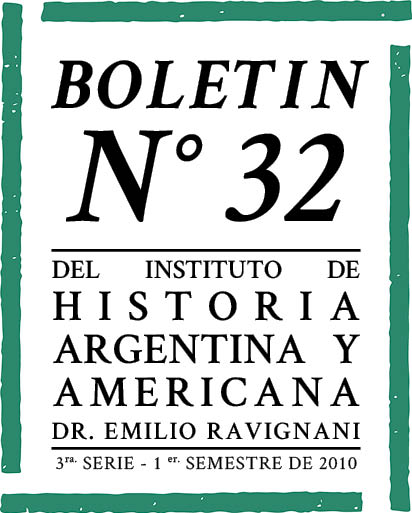¿Para qué quieren tener cautivas si no estamos en guerra? Las variadas formas del cautiverio interétnico en la campaña bonaerense (primera mitad del siglo xix)
Resumen
El trabajo analiza los mecanismos de rescate de cautivos indígenas e hispano-criollos en la frontera bonaerense durante la primera mitad del siglo XIX. La redención de cautivos constituyó un punto fundamental en las negociaciones diplomáticas interétnicas; al lado de estas transacciones formales, existió un circuito informal por el cual los familiares de los cautivos negociaban, aun en las tolderías, la redención de sus parientes. Las características de los rescates variaron en sintonía con los cambios más generales de la política indígena desde fines de la colonia hasta el gobierno de Rosas.Descargas
Derechos de autor 2010 Boletín del Instituto de Historia Argentina y Americana Dr. Emilio Ravignani

Esta obra está bajo licencia internacional Creative Commons Reconocimiento-NoComercial 4.0.
Los derechos de autor son cedidos al Boletín, pero los autores podrán recuperarlos y reproducir su trabajo en otros medios o formatos mediante una solicitud por escrito al Comité Editor. En esos casos, se citará al Boletín como primera publicación del trabajo.
Las obras quedan licenciadas bajo una Licencia Creative Commons Atribución-No Comercial 4.0 Internacional, que permite a otros compartir el trabajo con un reconocimiento de su autoría y la publicación inicial en esta revista.
También, mediando solicitud por escrito al Comité Editor del Boletín, los autores pueden establecer por separado acuerdos adicionales para la distribución no exclusiva de la versión de la obra publicada en esta revista (por ejemplo, situarlo en un repositorio institucional o publicarlo en un libro), con un reconocimiento de su publicación inicial aquí. No se permiten usos comerciales.



















